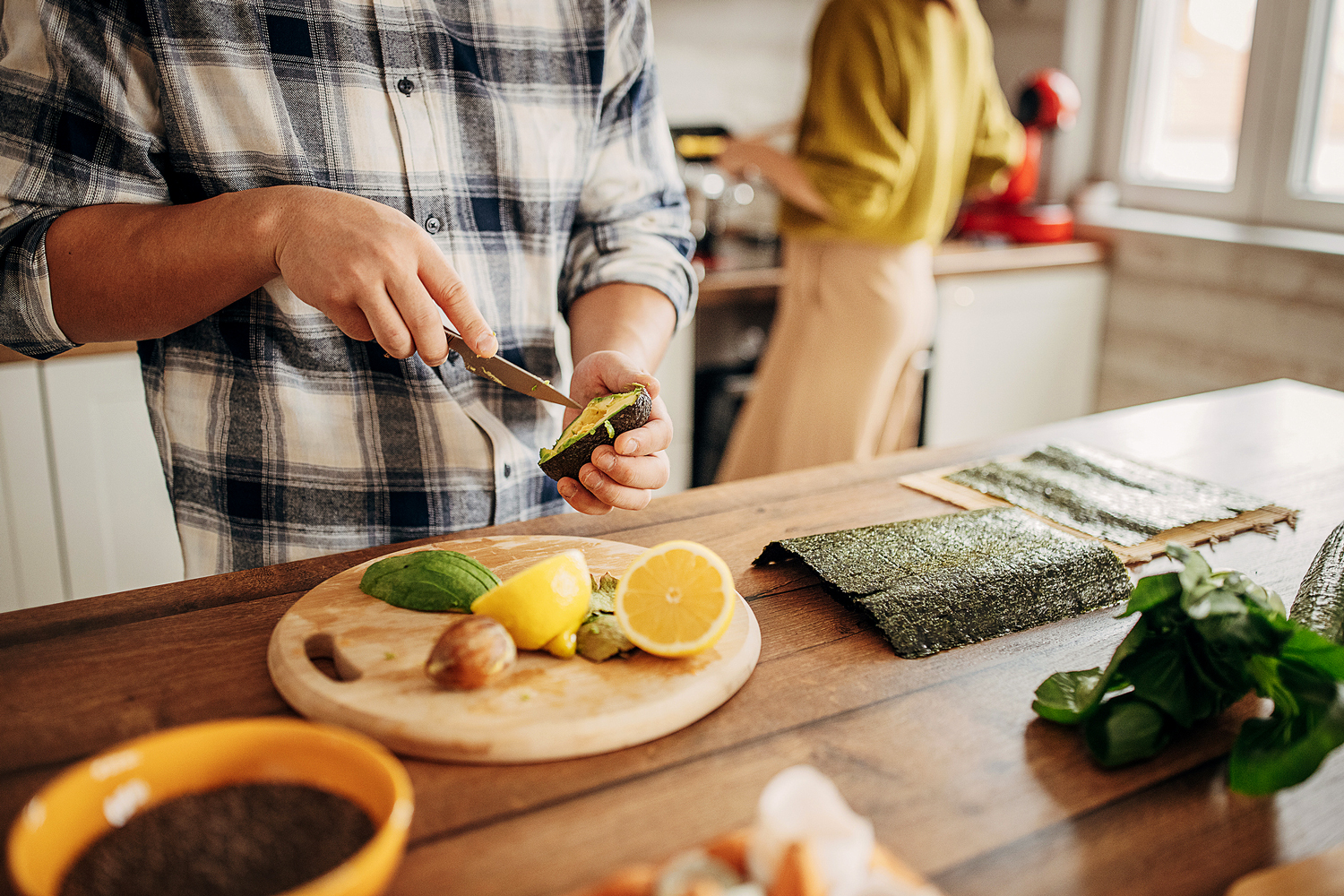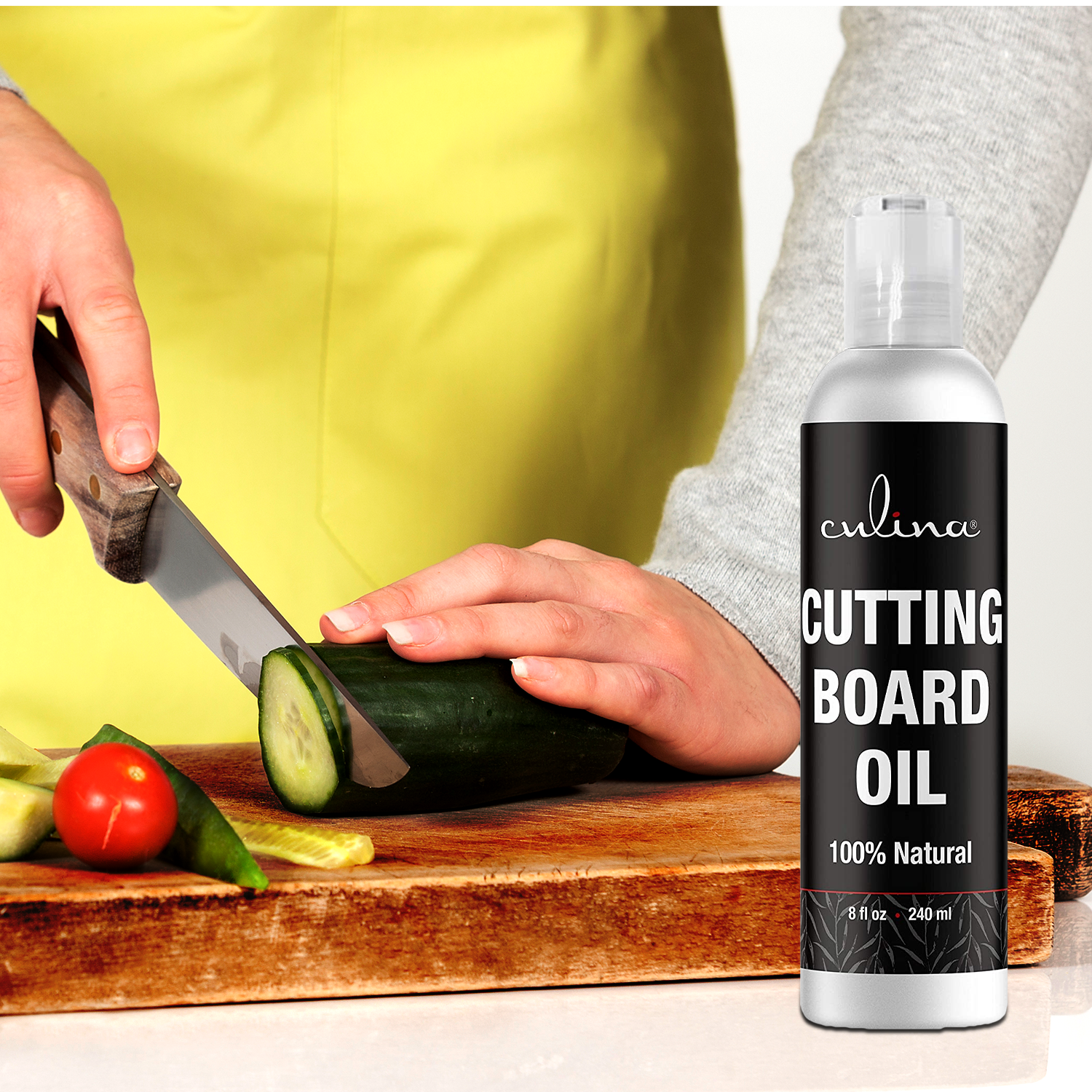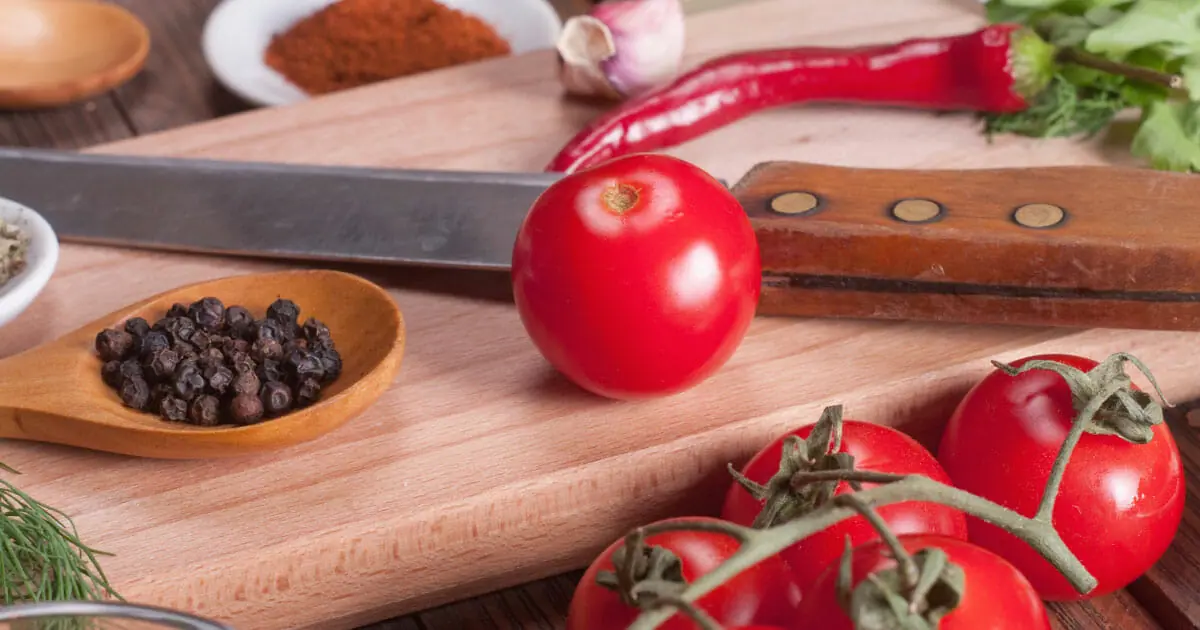If you’ve invested in a teak cutting board, you already know its tremendous value to your kitchen. Teakwood is famous for its durability and aesthetic appeal, making it a prized possession for any culinary enthusiast, especially kitchen professionals. This article will delve into the best practices for maintaining your teak cutting board so that it remains in excellent condition for years to come.

Understanding Teakwood
Teakwood is a hardwood native to Southeast Asia, known for its remarkable durability and resistance to moisture. It’s often used in boat building, outdoor furniture, and, most notably, kitchen tools like cutting boards. These characteristics make teakwood an excellent choice for cutting boards that need to withstand constant use and washing.

Why Choose a Teak Cutting Board?
A teak cutting board offers numerous benefits, including its natural oils that repel water and resist staining. This makes it a hygienic option for food preparation. Additionally, the wood’s hardness ensures that your knives stay sharp longer, adding another layer of convenience for kitchen professionals.

Initial Steps to Care for Your Teak Cutting Board
When you first get your teak cutting board, it’s important to prepare it for use. Here are the initial steps:
1. Clean Thoroughly
Before using your teak cutting board, wash it with warm soapy water to remove any dust or debris from manufacturing. Rinse it well and pat it dry with a clean towel.
2. Season Your Board
Applying a food-grade mineral oil will help to protect your cutting board from moisture and staining. Pour a small amount of oil onto the surface and rub it in with a soft cloth until the board appears saturated. Let it sit for a few hours or overnight, then wipe off any excess oil.
Daily Maintenance Tips
After initial preparation, regular maintenance is key to keeping your teak cutting board in top condition.
1. Regular Cleaning
Always wash your board with warm, soapy water after each use. Avoid soaking it in water to prevent the wood from warping. Rinse it thoroughly and dry it immediately with a clean towel.
2. Avoid Dishwashers
Never put your teak cutting board in a dishwasher. The high heat and steam can severely damage the wood.
3. Use Both Sides
To extend the lifespan of your cutting board, use both sides for cutting. This ensures that one side doesnt wear out faster than the other.
Seasonal Deep Cleaning
In addition to daily maintenance, consider giving your teak cutting board a deep clean every few months.
1. Remove Stains
To remove stains, sprinkle a generous amount of coarse salt or baking soda on the boards surface. Cut a lemon in half and use it to scrub the board, focusing on stained areas. The natural acidity of the lemon combined with the abrasiveness of salt or baking soda will lift the stains effectively.
2. Disinfect Naturally
While teak wood is naturally resistant to bacteria, it’s still essential to disinfect your cutting board. Use a mixture of white vinegar and water to wipe down the surface. Let it air dry fully before storing it away.
Resealing Your Teak Cutting Board
Teakwood boards benefit from regular resealing to keep them looking their best.
1. Apply Oil Regularly
Depending on usage, you should apply a food-grade mineral oil once a month to keep the wood moisturized. Pour a small amount onto the board and use a soft cloth to rub it in evenly. Let it absorb for several hours or overnight before wiping off the excess.
2. Be Gentle with Abrasive Cleaners
If your cutting board has developed rough spots, use fine-grit sandpaper to smooth the surface gently. After sanding, reapply the oil to restore the boards finish.
Storage Tips
Proper storage is crucial for maintaining the durability of your teak cutting board.
1. Avoid Direct Sunlight
Store your cutting board in a cool, dry place away from direct sunlight. Exposure to sunlight can cause the wood to dry out and crack.
2. Use a Rack
Consider using a drying rack to store your cutting board. This provides proper air circulation and helps prevent warping.
Signs Your Cutting Board Needs Attention
Even with regular maintenance, your cutting board might show signs it needs extra care:
If you notice deep knife marks, it’s time to sand the surface. Use fine-grit sandpaper and rub it along the grain of the wood. After sanding, clean the board and apply a fresh coat of mineral oil.
1. Persistent Odors
Persistent odors can indicate that your board needs deep cleaning. Follow the steps for seasonal deep cleaning to eliminate any lingering smells.
Frequently Asked Questions
1. How often should I oil my teak cutting board?
For optimal care, oil your teak cutting board once a month or whenever it appears dry.
2. Can I use other types of oil?
It’s best to use food-grade mineral oil. Other oils can turn rancid and affect the taste of your food.
3. What should I do if my cutting board develops cracks?
Small cracks can be sanded down and resealed with mineral oil. For larger cracks, consult a professional for repair options.
Conclusion
Maintaining your teak cutting board doesn’t have to be a chore. With regular cleaning, oiling, and proper storage, you can keep your board in excellent condition for years to come. Not only will it remain a functional kitchen tool, but it will also continue to add a touch of elegance to your culinary space.
For more details on kitchen maintenance, check this comprehensive guide on chicken shish kabobs, and learn about proper care techniques.
Additionally, read our external guide here for more insights into woodworking projects.
As an Amazon Associate, I earn from qualifying purchases.


